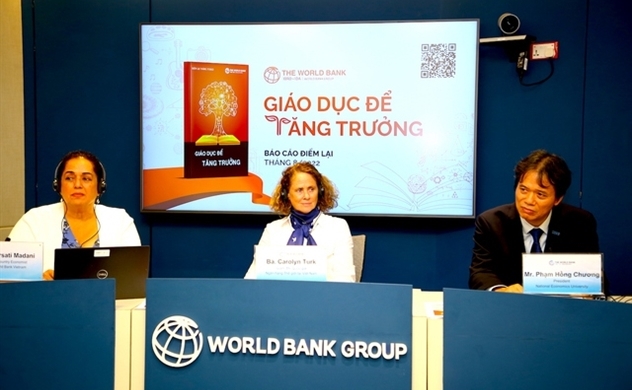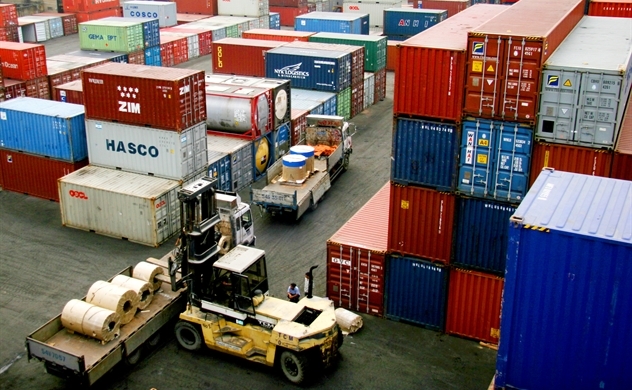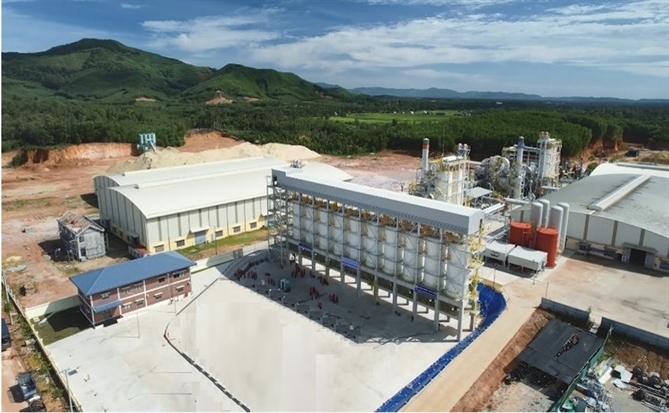Vietnam’s GDP projected to grow 7.5% in 2022: World Bank

Photo: VGP/HT
“Taking Stock: Educate to Grow”, according to the World Bank's bi-annual economic outlook for Vietnam. Vietnam's economy expanded 5.2 percent in Q4-2021, 5.1 percent in Q1-2022, and 7.7 percent in Q2-2022.
This optimistic view, meanwhile, is vulnerable to increased risks that threaten the possibility of recovery.
There are risks such as a slowdown in growth or stagflation in the major export markets, more shocks to commodities prices, ongoing disruption of the global supply chains, or the appearance of new COVID-19 versions. Continued labor shortages, the possibility of greater inflation, and increased financial sector concerns are among the domestic problems.
The focus should be on the implementation of the Recovery and Development policy package and expanding targeted social safety nets to help buffer the poor and vulnerable from the effects of the fuel price shock and rising inflation.
State Bank of Vietnam should be ready to switch to monetary tightening to reduce inflationary pressures through interest rate hikes and tighter liquidity provision.
Vietnam needs to raise productivity by 2% to 3% annually to maintain economic growth, a World Bank report says.
The report argues that transforming the higher education system would be essential for increasing Vietnam's productivity and help achieve its goal of becoming an upper-middle-income country by 2035 and a high-income country by 2045.
To match average higher education enrollment levels in upper-middle economies, 3.8 million Vietnamese students would need to be enrolled in higher education institutions, nearly twice as many as in 2019.
According to World Bank research, Vietnam's higher education system requires a change to improve access, quality, and relevance of instruction while also making more effective use of resources.
The usage of digital technology should be increased, the role of the private sector should be strengthened, and the regulatory structure should be simplified. The demand for higher education has decreased as a result of rising tuition fees and perceptions of diminishing economic returns.

 TIẾNG VIỆT
TIẾNG VIỆT 


















